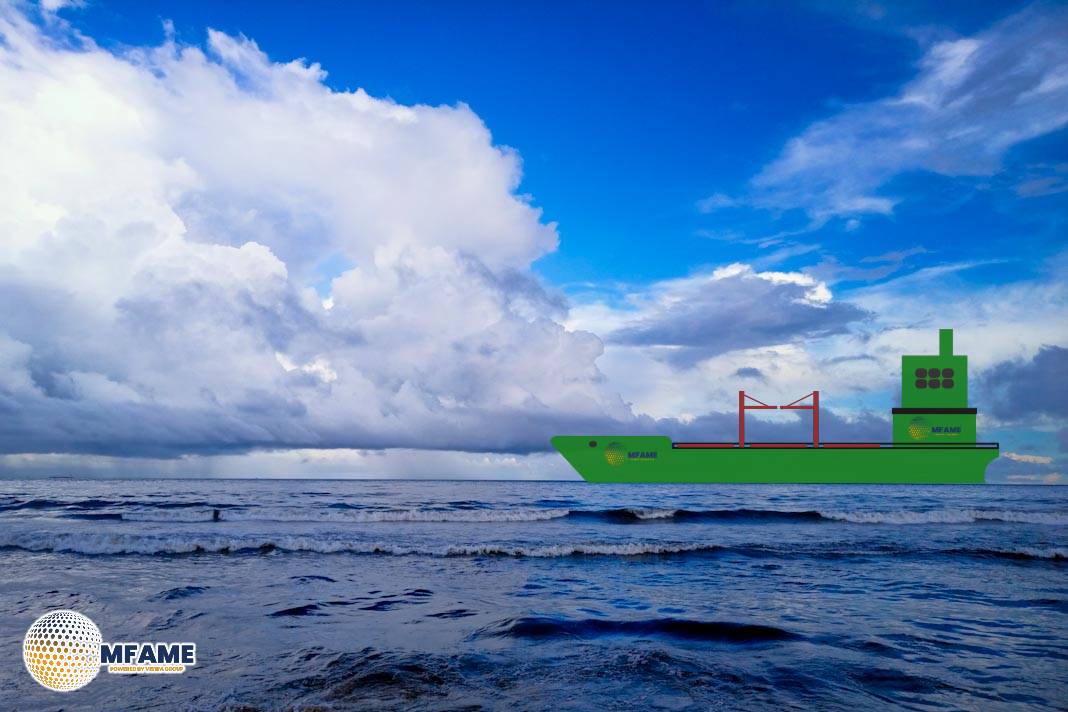- Automation and Modular Design Key to Safety and Public Acceptance.
- Knut Ørbeck-Nilssen Calls for Global Coordination and Innovation.
- Predictable Regulatory Frameworks Essential for Nuclear-Powered Ships.
A recent study from DNV reveals that changing environmental regulations are sparking renewed interest in nuclear propulsion as a viable long-term option for decarbonising maritime transport, even though we haven’t seen any civilian commercial nuclear-powered vessels launched in over forty years, reports DNV.
DNV Report Highlights Key Insights
The report titled “Maritime nuclear propulsion: Technologies, commercial viability, and regulatory challenges for nuclear-powered vessels” dives into how maritime nuclear technologies differ from those used on land. It underscores the need to tackle technological, regulatory, and commercial aspects to fully grasp the potential of nuclear propulsion in the shipping industry. Additionally, it looks at the key components of the future maritime fuel cycle, which include:
- Fuel management
- Waste handling
- Vessel construction and operation
- Oversight of nuclear supply chains
The report pinpoints the reactor technologies that shipowners are most likely to adopt, emphasising that automation, digitalisation, and modular design are essential for ensuring safety, security, and non-proliferation, while also fostering public acceptance.
Nuclear Energy’s Potential and Challenges
Knut Ørbeck-Nilssen, Maritime CEO at DNV, said: “Nuclear energy has the potential to play a role in the maritime energy transition. However, much work still needs to be done to overcome technical, regulatory, and societal challenges, including public perception. This will require coordinated global action, technological innovation, and closely aligned regulatory frameworks.”
It highlights the necessity for a clear and consistent regulatory framework at both national and international levels. Regulators, including the IMO and IAEA, along with flag states, national authorities, and classification societies, need to collaborate effectively. The paper lays out potential regulatory pathways to steer the development of nuclear-powered vessels.
Building a Commercially Viable Business Case
The future of maritime nuclear propulsion hinges on establishing strong, cost-effective business models. The report points out that mass production, standardisation, and modularisation could significantly improve the feasibility of nuclear-powered ships. A case study included in the paper illustrates the cost benchmarks that marine nuclear reactors must meet to be practical for merchant fleets.
Ole Christen Reistad, Senior Principal Researcher at DNV and lead author of the paper, said: “For nuclear propulsion to become commercially viable in shipping, the business case must account for the full lifecycle costs, including fuel supply, reactor maintenance, and waste management. Modular and standardized reactor designs can significantly reduce capital and operational expenditures, while robust regulatory frameworks and predictable supply chains are essential for investor confidence and long-term competitiveness.”
Did you subscribe to our daily Newsletter?
It’s Free Click here to Subscribe!
Source: DNV
















